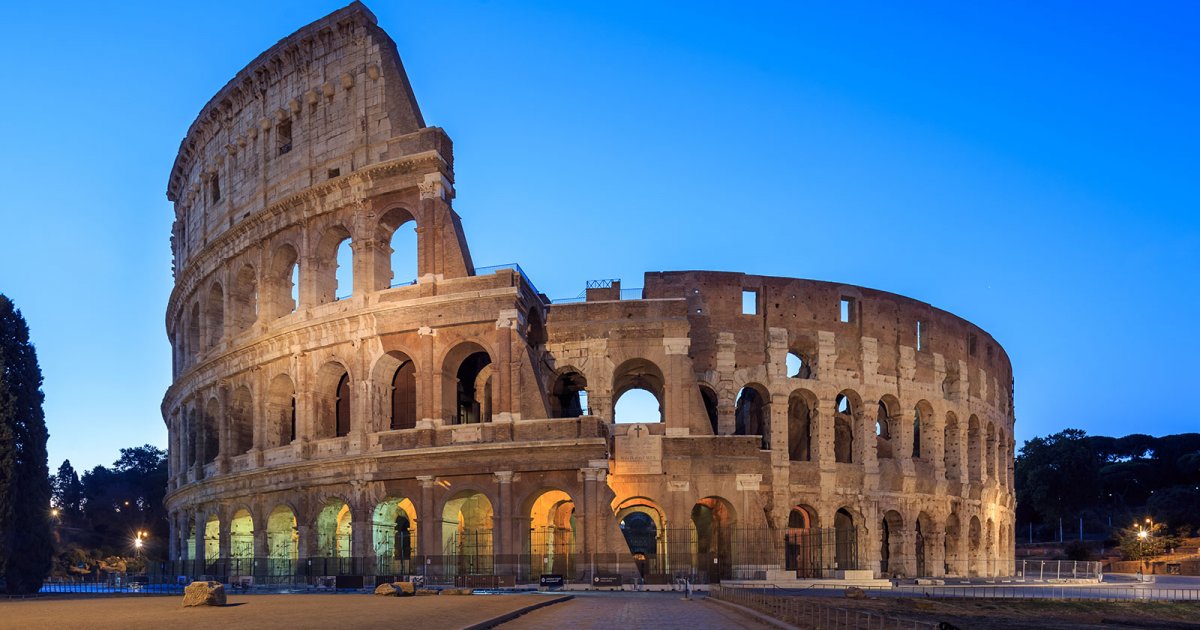COLOSSEUM, History
 Language: English / USA
Language: English / USA
Hi, I'm Ed, your personal guide. Together with MyWoWo, I'd like to welcome you to one of the wonders of the world.
Today I'll accompany you through the Colosseum, which is considered one of the seven wonders of the modern world!
You are standing in front of the Flavian Amphitheater, a symbol of the grandeur of imperial Rome that was called the "Colosseum" because of the thirty-meter tall colossal statue of Nero that stood in the square in front. While you decide whether or not to give in to the temptation to take a selfie with the "centurion" figures, let me tell you about its history. Did you know that it's about to have its 2,000 year birthday?
In fact, Emperor Vespasian began building in this area in 72 AD; before that there was an artificial lake here that Nero had had dug out and filled in front of his residence, the famous Domus Aurea, or Golden House. But Nero was not remembered fondly by the people, and in a gesture of reconciliation, Vespasian drained the pond and replaced it with the largest amphitheater that had been conceived thus far.
The inauguration took place in the year 80 under Emperor Titus, with gladiator battles, celebrations, and shows that lasted a hundred days in a row and included killing five thousand wild animals that had been brought in from Africa!
Emperor Domitian then had the basements built and tended to the subsoil. The ludi, the Roman name for gladiator fights, stopped around 400, but the animal fights continued for another two centuries. But the arena also hosted performances of jugglers, athletic competitions, jousting on horses, and naval battles.
During the Middle Ages it was turned into a fortress, then it went to ruin, and was even exploited as a stone quarry. It was decreed "city patrimony" at the beginning of the 1300s with an order by Emperor Henry VII, but Romans continued to loot it for construction materials that were then recycled into Renaissance buildings such as the Palazzo della Cancelleria, Palazzo Venezia, and St. Peter's Basilica.
In the mid-1700s the pope had a Via Crucis, or Station of the Cross, created in memory of the Christian martyrs killed in the arena. Even today, the solemn celebrations of Holy Friday culminate with a night procession in the Colosseum that even the Pope takes part in.
FUN FACT: just think, during the years of the gladiators, the Colosseum was considered one of the gates of Hell, which is understandable with all the death that took place there!
In the Middle Ages bandits would bury their dead here, and wizards made potions with the plants that grew here.



